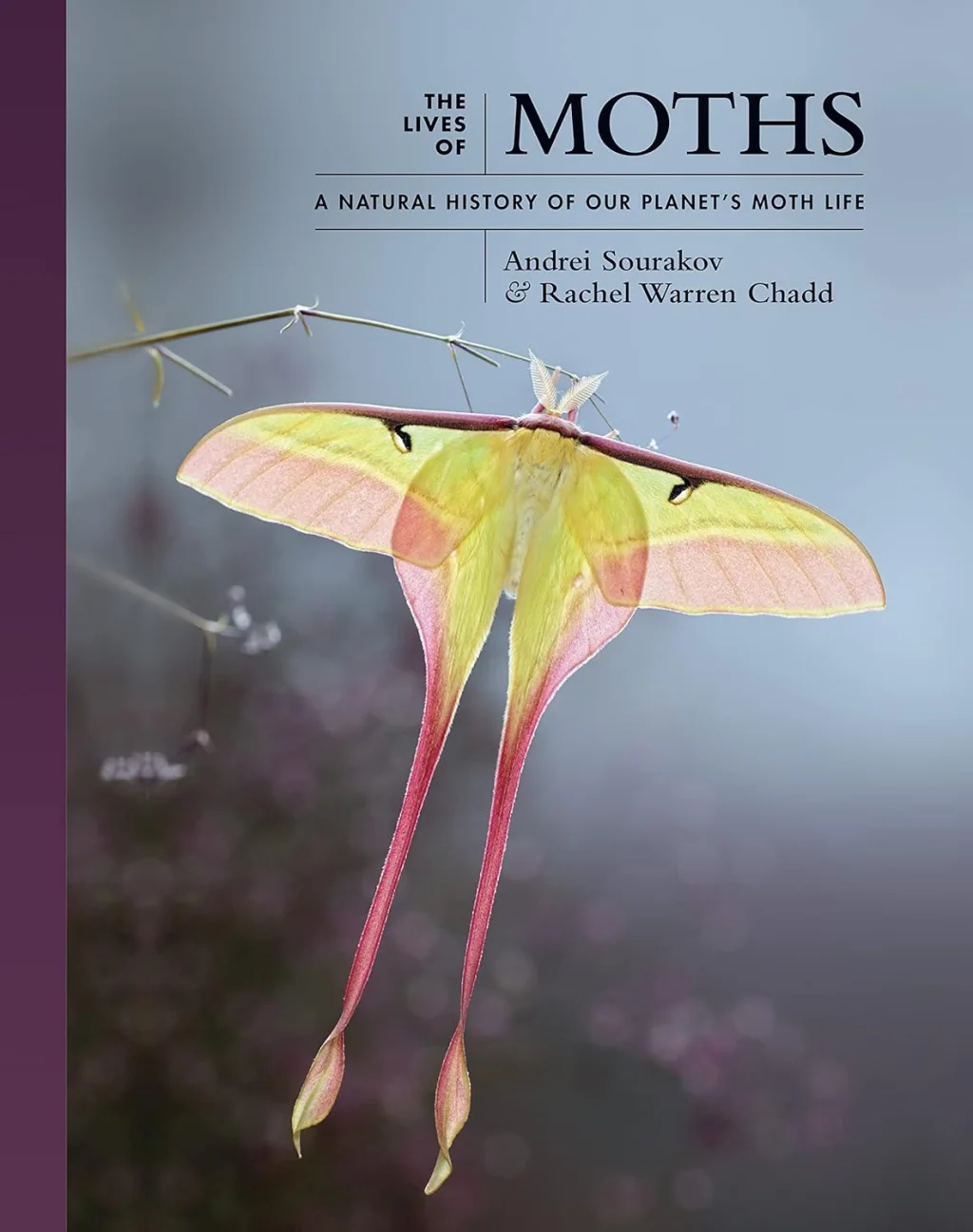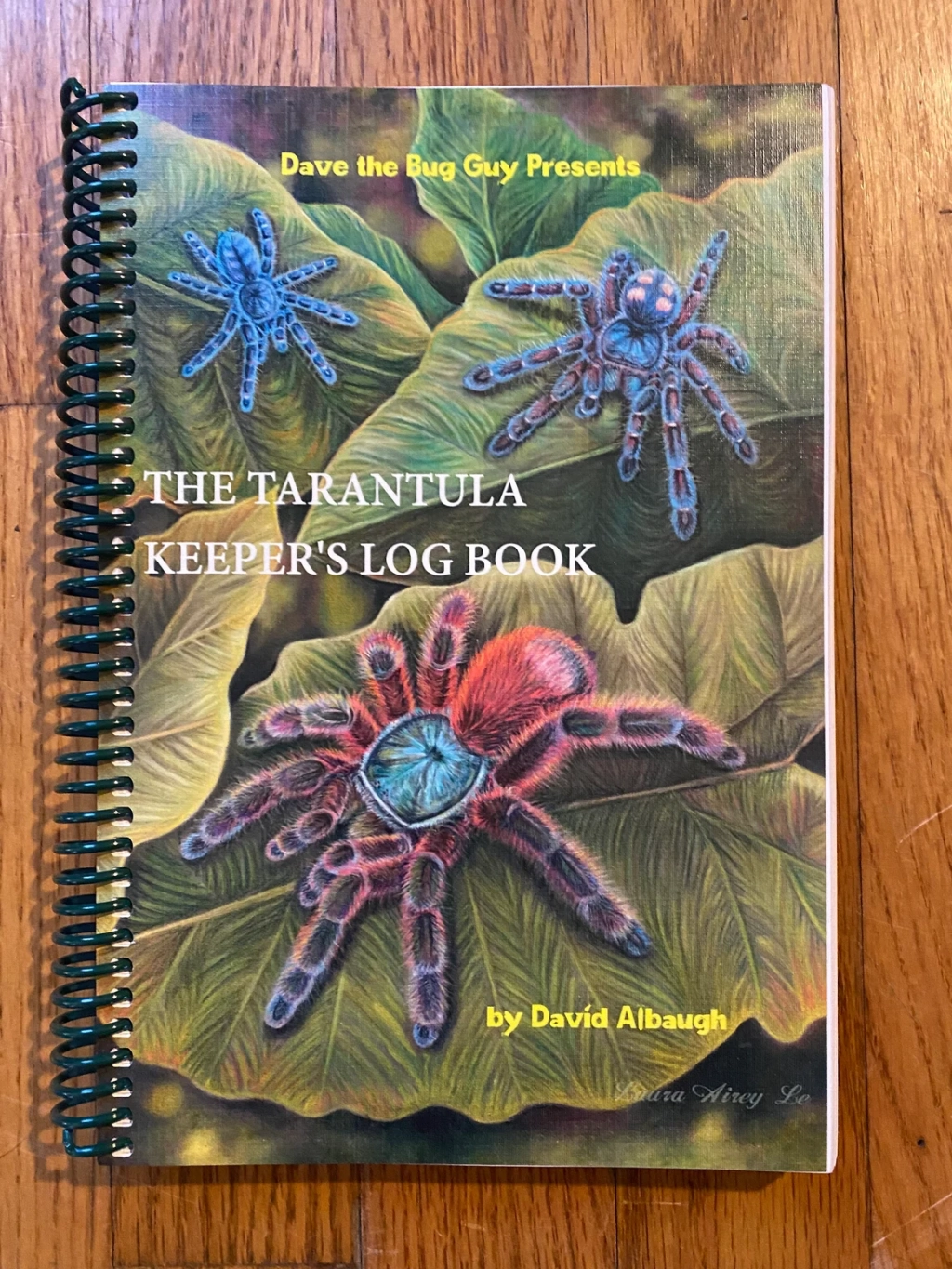
Moths, often regarded as the nocturnal counterparts to the more popular butterflies, have been an integral part of our planet’s history for an astounding 200 million years. Yet, their reputation is often overshadowed by misconceptions. Regrettably, when people think of moths, they frequently associate them with clothing damage, overlooking their inherent beauty.
My lifelong fascination with insects commenced with the pursuit of butterflies, eventually encompassing the grandeur of the Saturniidae family, the largest of moths. Summer days, then and now, were devoted to nurturing local species and releasing them back into their natural habitats. Residing amidst wooded landscapes, I frequently encounter wild cocoons, and the emerging females attract male counterparts for mating.

My awareness of the diversity and splendor of moths has grown over time. Presently, there are more than 160,000 moth species worldwide, with only a minuscule fraction causing issues with clothing. Now, residing in a wooded environment, I often set up moth-attracting lights at night, and the array of species drawn to these lights is nothing short of astonishing.
This leads us to the focal point of this blog post: the book “The Lives of Moths: A Natural History of Our Planet’s Moth Life” by Andrei Sourakov and Rachel Warren Chadd. While there are numerous moth field guides, this book is an exceptional introduction to these remarkable creatures.

Published by Princeton Press, “The Lives of Moths” is a valuable addition to any nature enthusiast’s library. The hardcover edition boasts excellent quality and is presented in full color, enhancing our appreciation of moths.
Despite butterflies receiving more attention, Andrei Sourakov and Rachel Warren Chadd aptly demonstrate that this unequal spotlight is unwarranted. Moths have existed long before butterflies and play a vital role that cannot be underestimated. From the diminutive leaf miners to the impressive hawk moths, which can be two to three hundred times larger, these creatures frequently serve as indispensable pollinators for flowers, particularly those that bloom at night or in twilight.

The authors also elucidate how moths and their larvae constitute the primary food source for countless animal species and engage with various insect, plant, and vertebrate communities across ecosystems worldwide, from tropical forests and alpine meadows to deserts and wetlands. The book further explores evolution, life cycles, communication methods, and their relevance to human interactions.
While not a traditional field guide, the book does include profiles of various moth species from around the world. “The Lives of Moths” is also thoughtfully organized by different ecological regions where moths thrive, such as rainforests, deserts, and deciduous forests. This unique breakdown sheds light on the evolutionary factors and specific plant species that draw moths to particular areas.

Whether you are an entomologist or a casual enthusiast, this book offers an engaging read. The authors have designed it to be accessible and enjoyable for a wide readership, aiming to foster a deeper appreciation for moths akin to the recognition bestowed upon butterflies.
~David Albaugh






Leave a comment